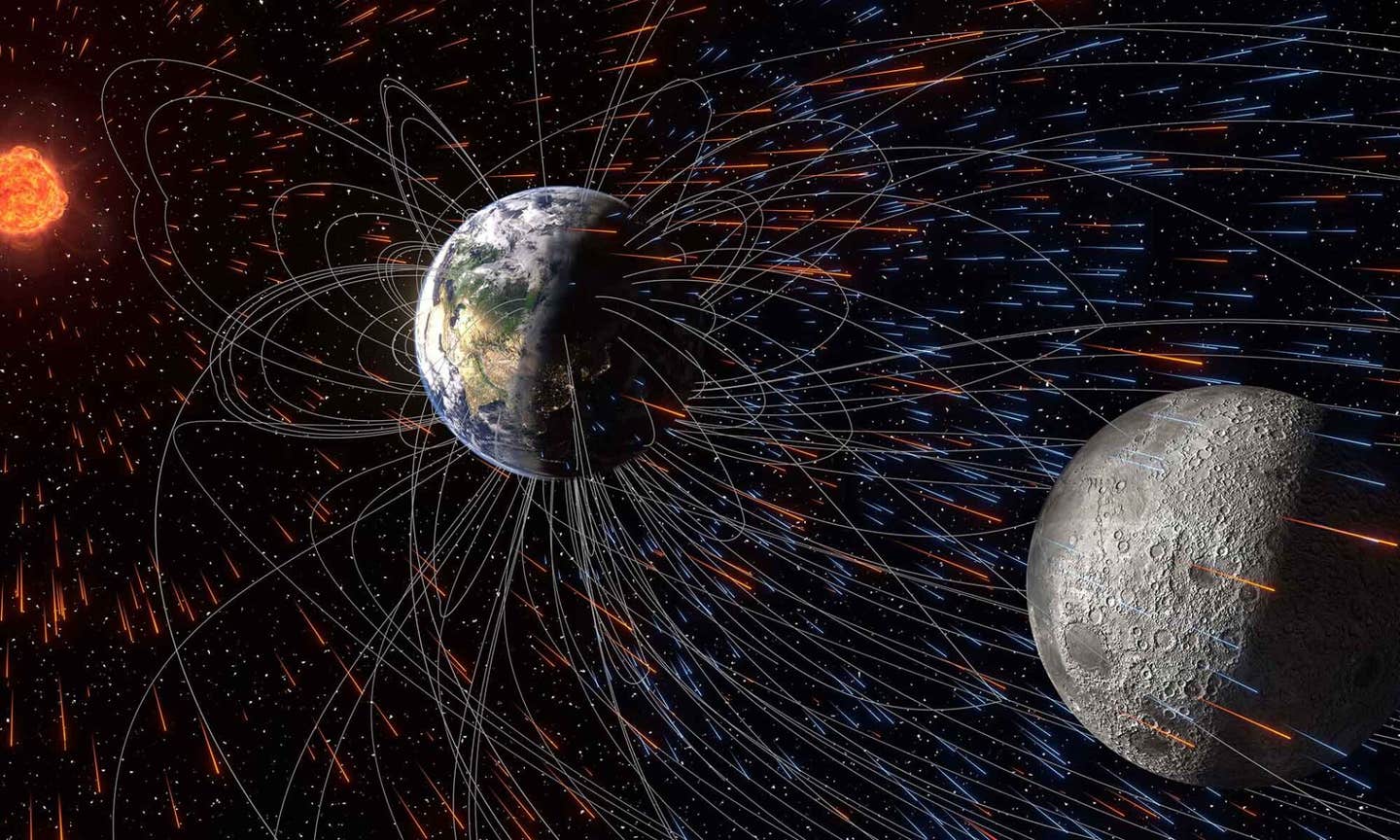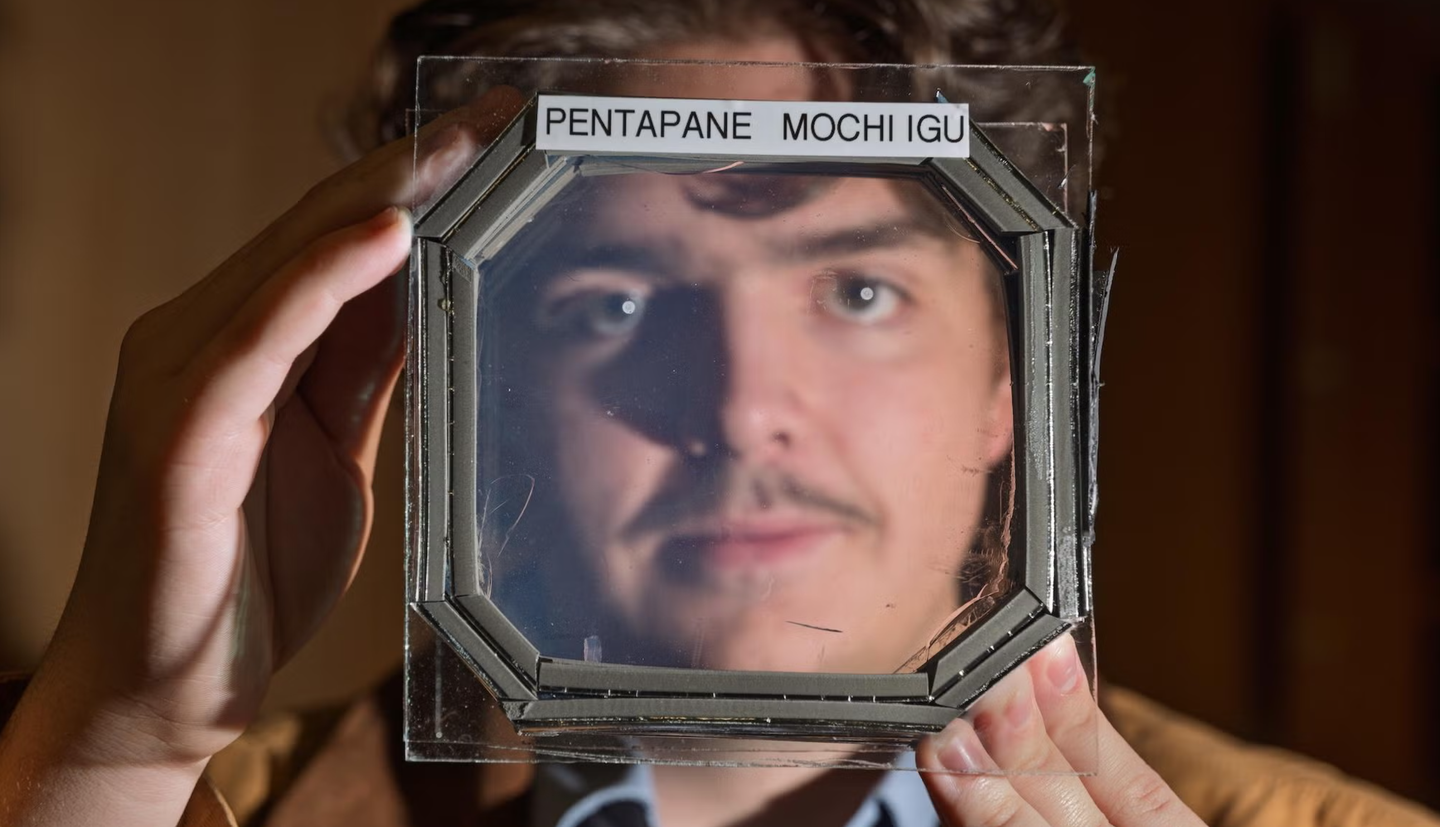Quantum computing occurs naturally in the human brain, study finds
New research shows that certain proteins rich in tryptophan—especially those found in brain cells—might act as networks for quantum computing.

Tryptophan-rich structures inside your cells might not just defend your body—they could be processing information using the strange speed and power of quantum mechanics. (AI-Generated: The Brighter Side of News)
When a molecule of tryptophan absorbs ultraviolet light, it glows faintly as it lets off lower-frequency energy. This soft glow, known as fluorescence, is a familiar effect. But when many tryptophan molecules act together in well-organized protein clusters, something unexpected happens. Their glow grows brighter and much faster than expected. This rare group behavior is called superradiance, and scientists now think it could reshape how we understand both life and information itself.
New research shows that certain proteins rich in tryptophan—especially those found in brain cells—might act as networks for quantum computing. These molecular systems seem to do more than just shield cells from damage. They may also process and send information with a speed and efficiency that outperforms known biological methods.
When Quantum Logic Defies the Noise
Quantum behaviors typically live in the cold and quiet. Quantum computers, for instance, must stay colder than outer space to avoid disruption. At room temperature, heat and noise usually destroy the fragile conditions required for quantum effects to survive. This has led most scientists to assume that such effects can't exist inside the body’s warm and noisy environment.
But living systems are busy, messy, and warm. Cells buzz with motion and energy. Proteins and neurons are far too bulky for classic quantum effects—or so it seemed. A group led by Philip Kurian at Howard University’s Quantum Biology Laboratory has uncovered compelling evidence that quantum behavior doesn’t just survive in biology—it may be essential to life itself.
Kurian’s team discovered that dense networks of tryptophan molecules—packed into structures like microtubules, centrioles, and bundles of neurons—can act like quantum optical devices. These networks don’t just carry light energy. They manage it in ways that mirror high-tech quantum systems, but inside living matter.
Their results, published in Science Advances, reveal that superradiance can emerge in warm biological tissue, not just in cold atomic systems. This breakthrough links quantum science with real-world biology. It suggests that the same effect seen in tightly controlled physics labs might also be part of how our bodies work at the smallest scale.
“This work connects the dots among the great pillars of twentieth century physics—thermodynamics, relativity, and quantum mechanics—for a major paradigm shift,” said Kurian. The discovery hints that nature has long used quantum tools we’re only beginning to understand—and it may have built life itself around them.
Related Stories
- Silicon qubits bring scalable quantum computing closer to reality
- Major achievement in quantum mechanics redefines quantum computing, encryption
- Groundbreaking qubit technology reduces errors in quantum computing
Why Tryptophan Is Special
Tryptophan is not just another amino acid. It has a unique indole ring structure, making it especially good at absorbing ultraviolet light. It also fluoresces with a strong Stokes shift, meaning the light it emits is clearly separated in color from the light it absorbs. These properties make it a favorite tool in laboratory studies of protein behavior.
But tryptophan isn’t just helpful in a test tube. It appears naturally in key locations in living systems—often at the interface between water and lipids in cell membranes. It’s found in transmembrane proteins, photoreceptors, hemoglobin, and especially in the complex cytoskeletal structures inside cells. These include microtubules and centrioles, which help cells divide, change shape, and move.
Kurian’s group studied these mesoscale networks—structures containing over 100,000 tryptophan molecules—and found that they often display a collective optical response. The more ordered the structure, the stronger the quantum effect. And even when they introduced disorder, the effects still survived under normal biological temperatures.
Professor Majed Chergui of École Polytechnique Fédérale de Lausanne, who led the experimental team, explained: “It took very precise and careful application of standard protein spectroscopy methods, but guided by the theoretical predictions of our collaborators, we were able to confirm a stunning signature of superradiance in a micron-scale biological system.”
How Living Systems May Use Quantum Light
Kurian’s group believes these large tryptophan networks may have evolved to take advantage of their quantum properties. When cells breathe using oxygen—a process called aerobic respiration—they create free radicals, or reactive oxygen species (ROS). These unstable particles can emit high-energy UV photons, which damage DNA and other important molecules.
Tryptophan networks act as natural shields. They absorb this harmful light and re-emit it at lower energies, reducing damage. But thanks to superradiance, they may also perform this protective function much more quickly and efficiently than single molecules could.
This speed could matter even more in the brain. Traditional neuroscience models say that information is passed between neurons using chemical signals, which take milliseconds to complete. But Kurian’s study found that the superradiant signal transfer happens in picoseconds—about a billion times faster.
In a previous study, published in The Journal of Physical Chemistry and reported on within The Brighter Side of News, Kurian's team found that these signals might allow cells to share information at speeds and scales that traditional models can’t explain. They could act like fiber optic cables, transmitting light-based data through tissues and enabling a new level of biological computing.
“This photoprotection may prove crucial in slowing or stopping degenerative illnesses,” said Kurian. “We hope this will inspire a range of new experiments to understand how quantum-enhanced photoprotection plays a role in complex pathologies that thrive on highly oxidative conditions.”
A New Kind of Computing
In his paper, Kurian took a bold step: he calculated how much information life on Earth may have processed since its beginning, based on the laws of quantum mechanics, the speed of light, and the density of matter in the universe. He found that life’s information processing—powered by quantum-enhanced structures like tryptophan networks—might rival that of all known matter in the observable cosmos.
This finding echoes questions raised decades ago by physicist Erwin Schrödinger, who asked in his 1944 book What is Life? whether something deeper than chemistry might govern living systems. Kurian’s work now offers a possible answer.
Professor Seth Lloyd of MIT, a pioneer in quantum computing, praised the study. “It’s good to be reminded that the computation performed by living systems is vastly more powerful than that performed by artificial ones,” he said.
Kurian’s theories have attracted attention from quantum computing researchers around the world, including Professor Nicolò Defenu of ETH Zurich. “It’s really intriguing to see a vital and growing connection between quantum technology and living systems,” Defenu said.
Even space scientists are taking notice. Dante Lauretta, director of the Arizona Astrobiology Center, said that Kurian’s predictions offer new insights into the search for life elsewhere in the universe. “The remarkable properties of this signaling and information-processing modality could be a game-changer in the study of habitable exoplanets,” he said.
Going Beyond the Brain
While most studies focus on neurons, Kurian and others remind us that most life on Earth is aneural. Bacteria, plants, fungi, and single-celled organisms form the bulk of the planet’s biomass. These living systems may use tryptophan networks and quantum effects just as efficiently as brains do.
The presence of superradiant behavior in these simple organisms suggests that quantum information processing might be a core feature of life itself—not just an add-on for complex beings.
“There are signatures in the interstellar media and on interplanetary asteroids of similar quantum emitters,” Lauretta said. “These may be precursors to eukaryotic life’s computational advantage.”
Kurian hopes this work will spark further research into the quantum dimensions of life. “In the era of artificial intelligences and quantum computers, it is important to remember that physical laws restrict all their behaviors,” he said. “And yet, though these stringent physical limits also apply to life’s ability to know and simulate the universe, we can still explore and make sense of it. It’s awe-inspiring that we get to play such a role.”
Note: The article above provided above by The Brighter Side of News.
Like these kind of feel good stories? Get The Brighter Side of News' newsletter.



